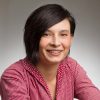The Drmno mine in Serbia is rapidly expanding, without anyone knowing what its impacts will be. Despite a planned 30 per cent increase in production volume, no figures on the surface areas expansion have been made public, and no Environmental Impact Assessment was considered necessary by the Serbian Ministry of Energy, Development and Environmental Protection, according to a 2013 decision.
Although its production capacity should increase from 9 to 12 million tonnes of coal per year to fuel the planned third unit of the Kostolac B power plant, Serbia’s energy balance already envisages production of over 10 million tonnes in 2018 at Drmno, without the unit’s construction having even started.
Serbia’s failure to carry out an environmental impact assessment is the subject of a new complaint to the Energy Community Secretariat submitted by CEKOR and Bankwatch today.
Winners and losers of Drmno expansion
I first visited Drmno in February 2014, a few months after the Serbian Government had signed a contract with China Machinery Engineering Corporation (CMEC), for the construction of the third block of the Kostolac B thermal power plant, with a total capacity of 350 MW, and for the expansion of the Drmno open cast mine (within TE-KO Kostolac). We had heard that the locals weren’t happy about this decision. Of course, neither were we, because it was yet another indication that Serbia’s energy system was heading in the wrong direction, towards high-carbon lock-in and long term debt financing it.
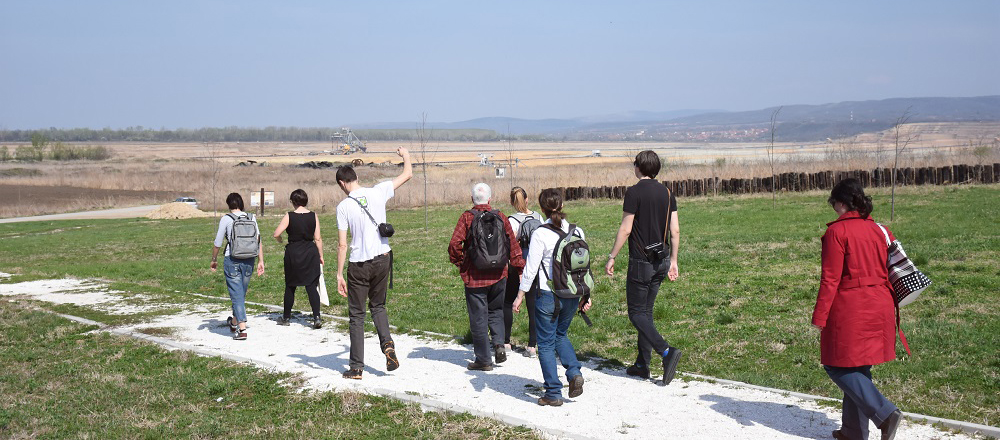
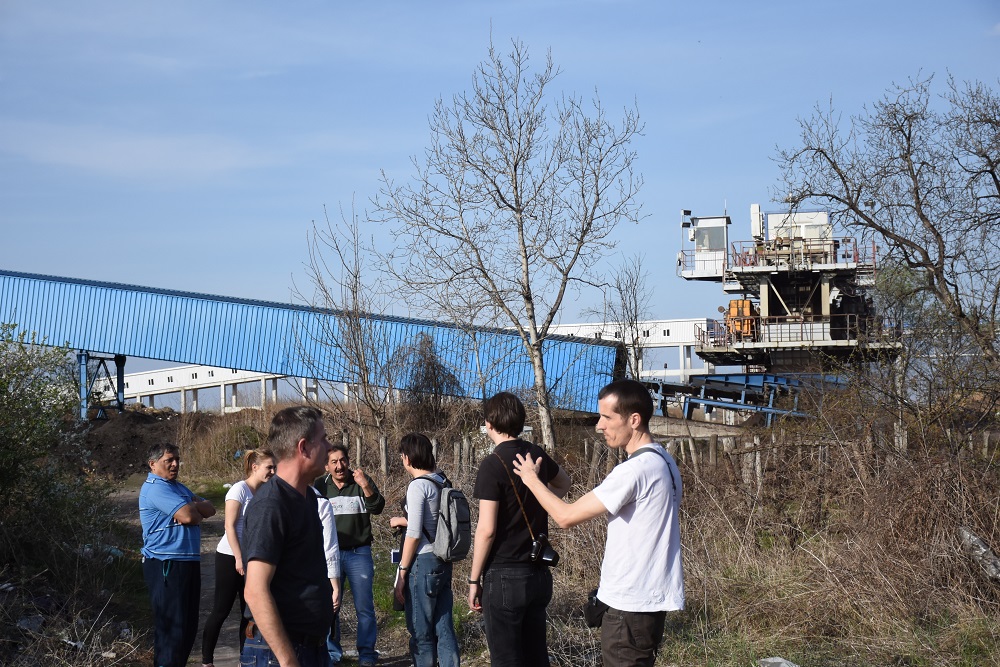
We were greeted in Drmno by a large group of locals, worried about the planned expansion as already their lives were seriously affected by living so close to the mine. The first thing they told us was that their village would become cut off from the rest of the world, having the power plant to the north, a huge mine to north-east, east and south, and to the west, a new dock on the Danube, where equipment for the new unit will be imported. This will set a trap for residents within 20 square kilometres, bounded by heavy mining operations and polluting facilities, such as ash disposal sites, conveyor belts and waste water treatment plants.
Less than a year later, in a fast track procedure, the Serbian Parliament approved a USD 608 million loan agreement between the Serbian Government and the Export-Import Bank of China, for the construction of the third unit at the Kostolac B lignite power plant and expansion of the associated Drmno mine from 9 to 12 million tonnes per year.
Drmno – an inhabited trap within over 20 square kilometres of heavy mining operations and polluting facilities.
Some of the people eagerly took us to see the cracks in the walls of their houses, caused by vibrations from mining operations, while others had brought medical records as proof of their deteriorating health condition. All the people present mentioned the wish to be resettled. However, the community is not being considered for resettlement even though many people have explicitly requested it through a petition signed by the vast majority of villagers. In a blunt violation of people’s constitutional right to petition, the mine and power plant operator, state-owned Elektroprivreda Srbije (EPS) said the local parish council (“mesna zajednica”) rejected the petition as illegitimate, and so it would not respond to it.
Since then, I have travelled to Drmno at least three times per year, and witnessed the mine spreading, new conveyor belts being built, workers compounds – for the Chinese workers expected to build the new unit – appearing, while some villagers have moved abroad in search of better living conditions and others falling victim to incurable illnesses.
The mine is already expanding to the north of the village, in the absence of an Environmental Impact Assessment

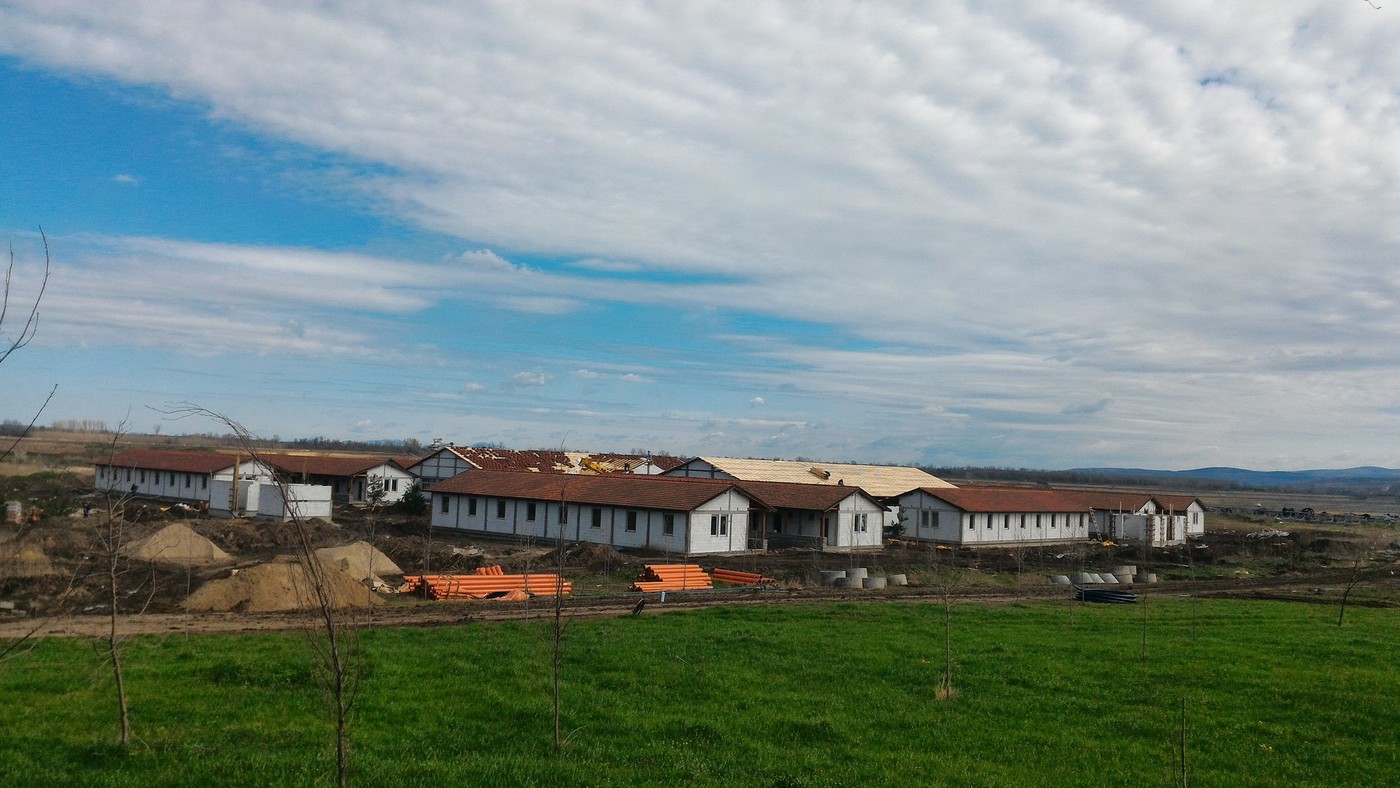


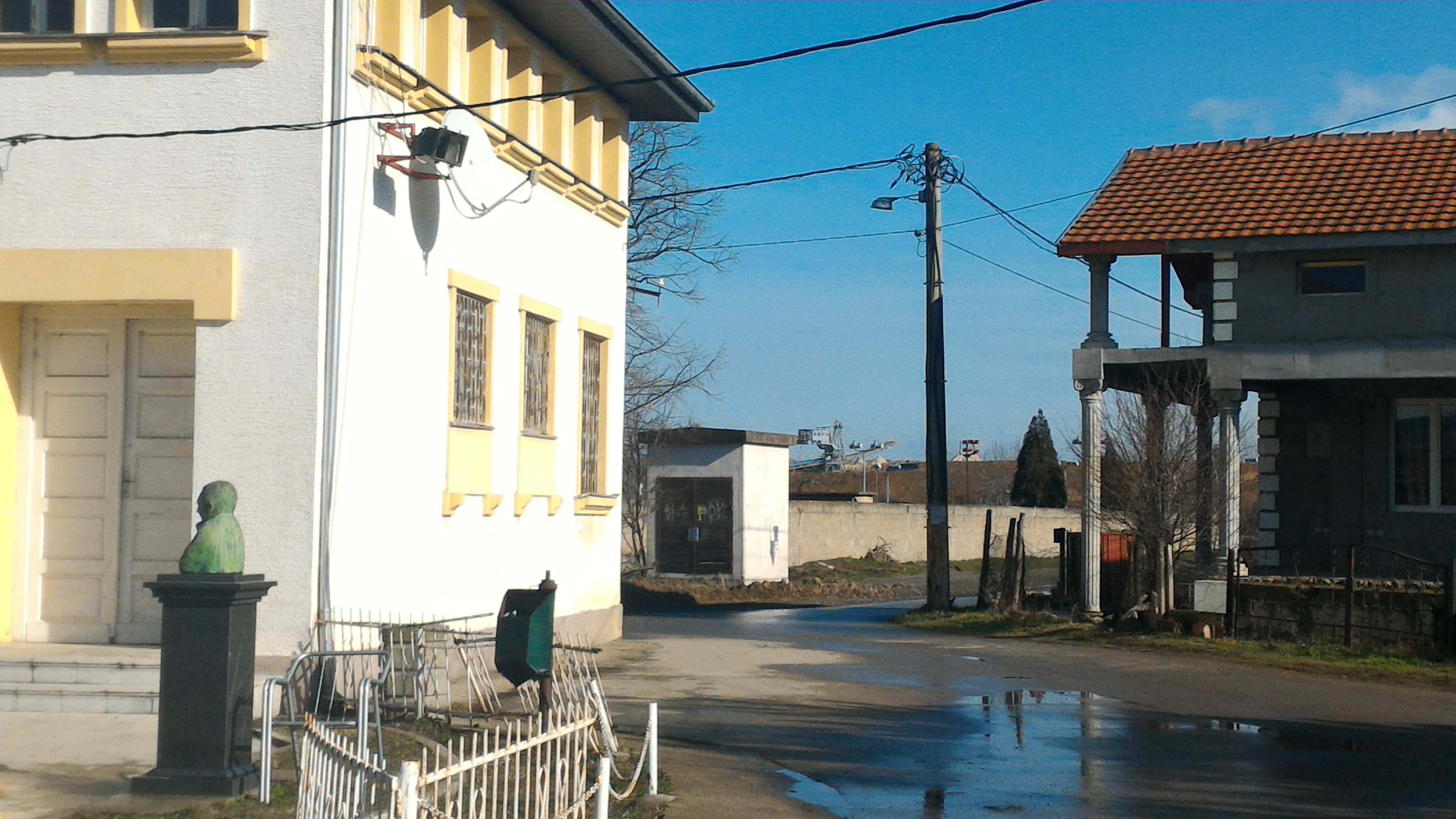

Dirty industry cleared to go ahead
In June 2013, PD TE-KO KOSTOLAC d.o.o., then a subsidiary of EPS, addressed the then Ministry of Energy, Development and Environmental Protection with a request for a decision on whether an environmental impact assessment procedure was needed for the expansion of the existing Drmno mine. One month later, the ministry issued a decision in which it stated that no environmental impact assessment procedure was needed.
We were able to find that a 2009 Ministry of Environment and Spatial Planning decision gives the Ministry’s approval of the EIA study for the Drmno mine’s expansion up to 9 million tonnes per year capacity. However we have never received a copy of this study.
It has therefore been impossible to ascertain what quality it was. It is also unclear what conditions were set as the decision refers to the study for the conditions and the public is now not able to access them.
Unlikely holiday destination

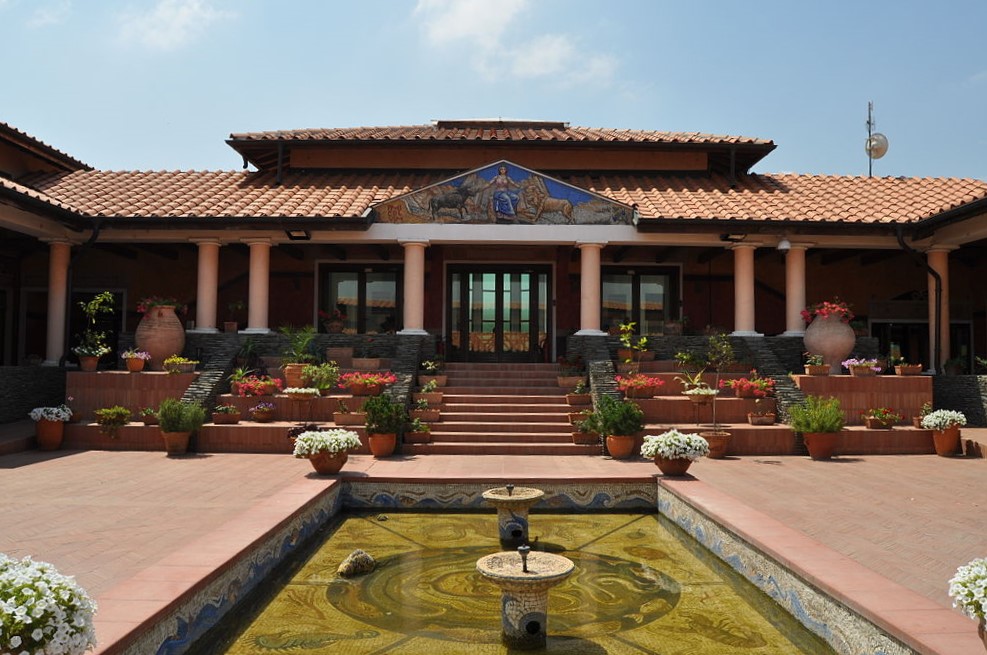
You won’t find Drmno in any travel guides, although it’s only a few hundred metres from the Viminacium archaeological site, which indeed is a tourist attraction. But who would want to go on holiday next to an opencast lignite mine, spreading over nearly 20 square kilometres?
Apparently, some decision makers in Belgrade do not find this problematic, as a massive summer camp is being built there to accommodate students who would come and learn about archaeology and ancient history. The students would sleep, eat and learn right by the lignite mine, something which the locals have called ‘criminal’. The atmosphere in the camp would be seasoned by the view of conveyor belts and sound of excavators.
Neither the Drmno mine expansion, nor the construction of Kostolac B3 would be possible without the availability of loans from Chinese public banks. China is cleaning up its act at home, adopting strict standards on pollution, halting coal mine and power plant expansion and speeding up clean energy capacities. However, overseas the country’s labour force and technology is finding new markets.
For a while now, China has become the world’s largest constructor of coal-fired power plants and overseas financier. It is also bringing technologies that are no longer allowed at home, as these do not meet Chinese pollution control standards.
As long as the door in countries like Serbia remains open to such environmentally and socially harmful projects, and the governments treats their citizens’ health and rights to decent living conditions as a privilege, not as a right, the whole western Balkan region will soon be full of Drmnos.
This must not be allowed to happen, and organisations across the region are fighting such plans. But strong support and a consistent approach is needed from actors like the international financial institutions, international treaties like the Espoo Convention and the EU.
Although the EBRD, EIB and World Bank have virtually halted direct coal financing, the EBRD is still supporting EPS and letting its client get away with projects like the Drmno mine expansion. This is one of the many issues outlined in a recent complaint to the bank’s project complaint mechanism by Bankwatch and CEKOR.
The Espoo Convention Implementation Committee too has been examining the case, and needs to ensure that the fact no national EIA has been done does not allow Serbia to get away with failing to carry out consultations on transboundary impacts.
The EU needs to play its part too. For too long it has prioritised Kosovo, migration and other topics, without using its full leverage to ensure the rule of law in the notoriously corruption-ridden energy sector. The EU cannot ban the use of coal, but it can make sure EIA rules are applied, as well as rules on subsidies. It needs to make sure Serbia understands not just how it can benefit from applying EU rules, but also how it will be disadvantaged if it does not.
More on coal in the Balkans
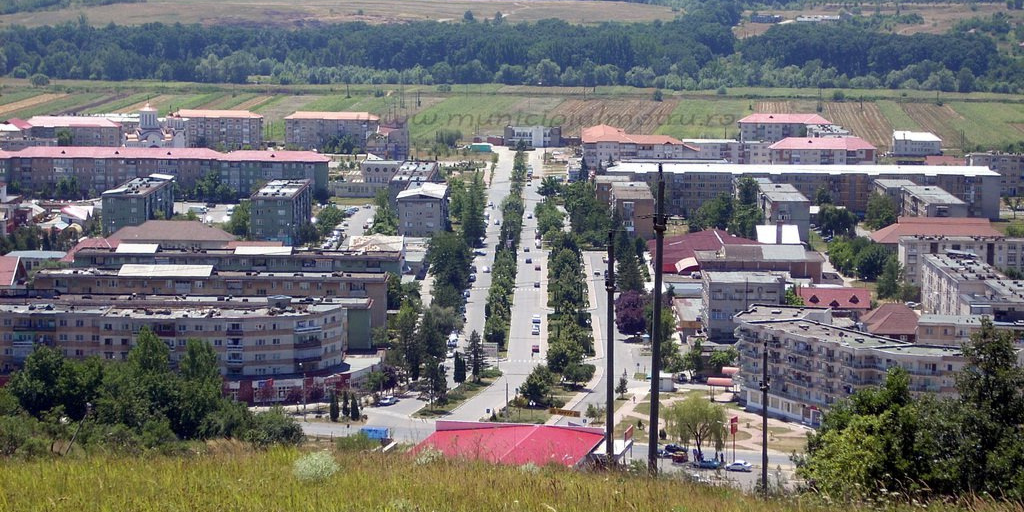
Sustainable district heating gives hope to the Romanian city of Motru, in a coal mining region
A new study shows that the city’s district heating can come from fully renewable sources.
Read more
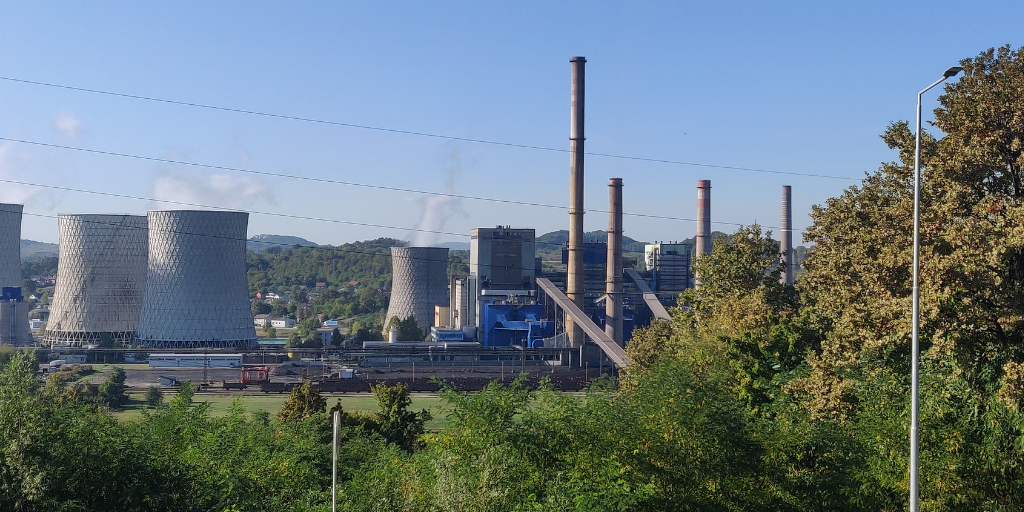
Bosnia and Herzegovina illegally extends lifetimes of deadly coal plants
Yesterday the Federation of Bosnia and Herzegovina’s Parliament voted to extend the lifetime of the antiquated Tuzla 4 and Kakanj 5 coal units, in clear breach of the Energy Community Treaty. The move condemns the public to yet more lethal air pollution.
Read more
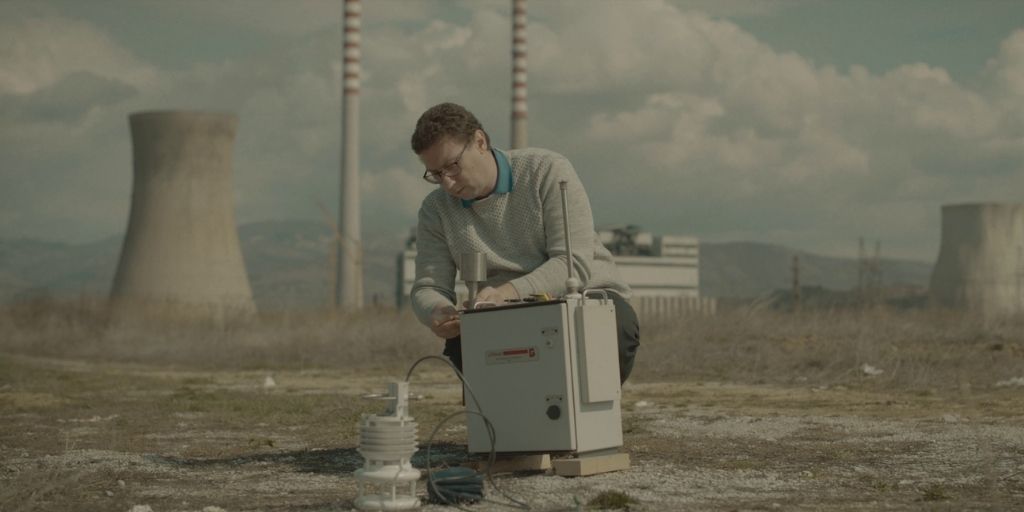
The heroic dust monitor
This year we are marking five years since Bankwatch engaged in air pollution work in the Balkans. Throughout these years, there was one constant in the work – the environmental dust monitor. It has become the hero of many communities and is known to every organisation in the region that works for cleaner air.
Read more
